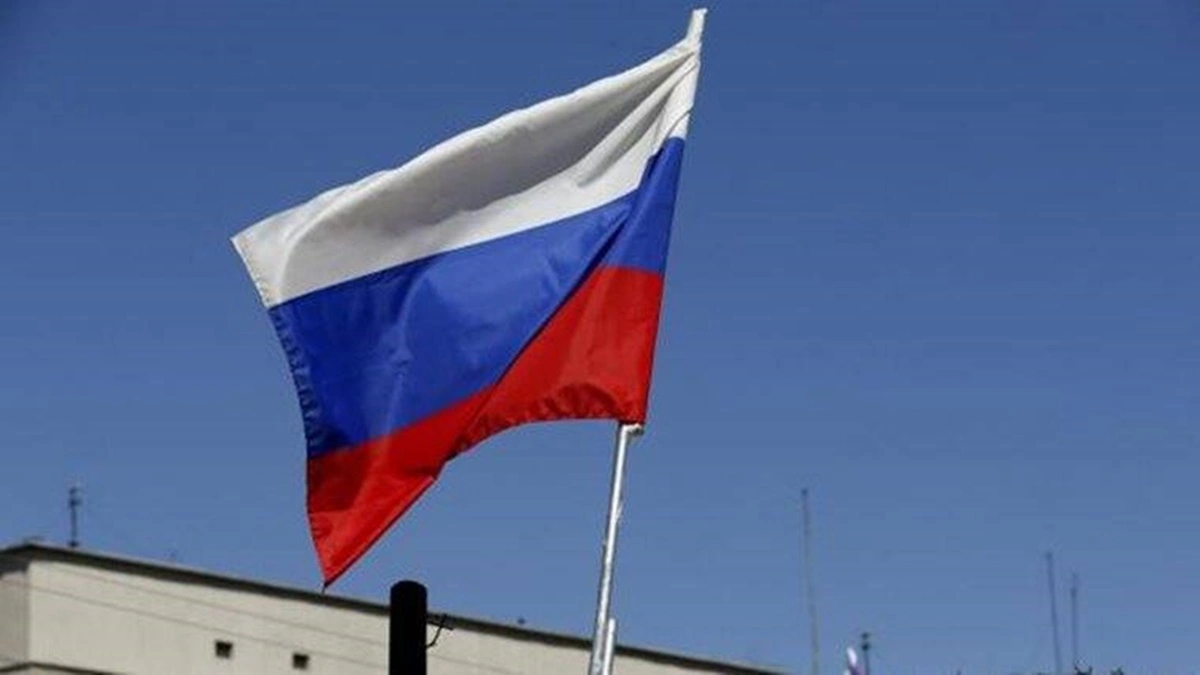
The Ukraine war continues to drag on with Russia now resorting to indiscriminate bombardment of Ukrainian cities and infrastructure in an attempt to seize the initiative before the winter ends. Earlier this week, the eastern Ukrainian city of Dnipro was struck by a Russian KH-22 missile, resulting in the collapse of an entire section of the nine-storey apartment block with at least 36 people dead. Russia also began joint air drills with Belarus on Ukraine’s northern border in an attempt to intimidate Ukraine with the threat of another front being opened. The latest attack came two weeks after Russia targeted the energy infrastructure in the Kharkiv and Kyiv regions, forcing the Ukrainian state energy company, Ukrenergo, to impose temporary consumption limits for all regions.
For Vladimir Putin, “everything is developing within the framework of the plan of the ministry of defence and the general staff.” But it is increasingly clear that Russia’s war is ultimately about “the destruction of the Ukrainian state and the Ukrainian nation.” Ukraine now views itself as a de facto part of NATO and continues to make its case for more weaponry to take on Russian assaults. So far, more than 30 nations have provided military hardware to Ukraine, even though the US remains far ahead of everyone else, having provided support worth more than $18 billion.
Also read: Don’t need a Big Tech competition law
This week, NATO chief Jens Stoltenberg once again underlined that Ukraine could expect more deliveries of heavy weapons from western nations. This is significant as the Ukrainian leadership has suggested that while Russia could be trying to regroup its “forces, ammunition and weapons” for a spring offensive from areas it already occupies in the south and east, Ukraine should be rearming itself with critical weaponry, and that the West should be hurrying up with the supplies.
Russian strikes in Ukraine and the devastating human toll is putting further pressure on European leaders to do more. Last week, German Chancellor Olaf Scholz finally consented to supplying Marder infantry fighting vehicles after delaying the decision for weeks. There is now pressure on Berlin to send German-built Leopard 2 tanks, or at least approve their delivery from countries such as Poland. These are viewed by Kyiv as critical enablers in its defence strategy. Christine Lambrecht had to resign this week as Germany’s defence minister after her shambolic performance on multiple fronts, but particularly not being able to spell out a coherent German narrative on Ukraine.
British prime minister Rishi Sunak has also announced that his government would give Challenger 2 battle tanks to Ukrainian armed forces in a bid to help “push Russian troops back.” The US announced that it would be sending Bradley armoured vehicles to Ukraine as the latest show of support.
Germany today finds itself on the defensive after its cautious approach towards Russia seems to have proven disastrous for Europe overall. What was once viewed as sagacity is today viewed with derision as Moscow has not engaged with Berlin on pragmatic terms, but seems to have taken Germany’s reticence to strategically think of Russia as a weakness. Germany’s dependence on Russia for energy supplies allowed Moscow to not only weaponise energy trade but also divide the Europeans, thereby weakening their resolve to take on Russia. On the other hand, eastern and central European nations that were considered as too hawkish on Russia once upon a time are today in the driver’s seat when it comes to Europe’s Russia policy. Germany, along with France, wanted to create a security architecture in Europe that integrates Russia much to the consternation of eastern and central European nations. Putin’s aggression put paid to that ambition, resulting in eastern and central European nations finding their own voice in shaping Europe’s future.
Also read: Data Drive: Fuel under-recoveries fall
It is this western-eastern divide in Europe that is likely to shape the future trajectory of both the EU and NATO. Poland is planning a massive increase in its defence budget as it builds up its military muscle and has been vociferous in its support for Ukraine’s struggle against Moscow. The Baltic states of Latvia, Lithuania, and Estonia are following a similar trajectory. Though there are still voices in “old” Europe calling for a more pragmatic approach towards the Ukraine crisis, the very future of the EU today depends on how the western and eastern flanks of Europe can come together to present Moscow with a coherent and cogent response. For the moment, Europe is presenting a united front and is willing to sustain costs that are coming with it.
With Russia’s isolation growing by the day in Europe, the process of its gravitation towards China is accelerating at a pace that India will find hard to manage. Moscow and Beijing have huge incentives to come together to reconfigure the balance of power that is fast shaping up to their disadvantage. There is a strange argument in Indian strategic circles that somehow, this Russia-China axis will only be directed at the West and that New Delhi will be able to manage its ties with Moscow by keeping the channels of communication open. Moscow’s past behaviour makes it clear that it has always been sensitive to the changing balance of power realities. Russia will lean heavily on China to manage the western pushback against it. That will be the real long-term consequence of Putin misreading western resolve and overestimating his nation’s ability to shape battlefield outcomes.
There is a new strategic awakening in Europe and new actors are now beginning to shape European thinking. It is pushing Europe and the wider West into rethinking its old assumptions. The consequences are already beginning to manifest themselves. India, too, is not going to be immune from them.
The writer is Vice president, Studies and Foreign Policy,
Observer Research Foundation






